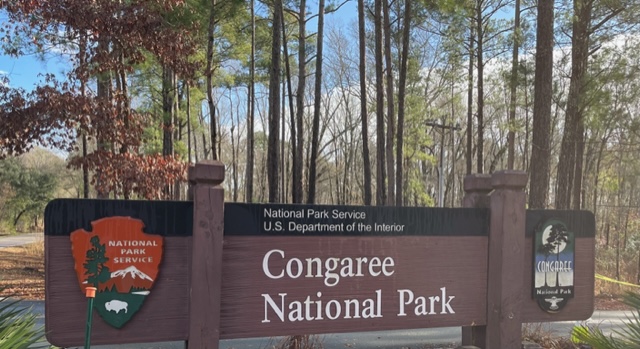
It’s about slowing down, hiking or paddling, listening, pondering and evaluating priorities. Congaree National Park invites you to do all that. It’s an interactive park that was voted #1 national park by readers of USAToday for kayaking and canoeing (Cedar Creek). Of it’s 28,000 acres, all but a few are designated wilderness, the realm of researchers and biologists. It one of only a few national parks on the Eastern Seaboard with a huge wilderness area. It’s not one that you can tour in an automobile. It’s not about long distance landscapes and even the Harry Hampton Visitors Center is limited in size. It’s about getting out onto the boardwalk and beyond on the trails. It’s about getting up close and personal with the cypress, the water tupelo, the snags, the woodpeckers, the fungi, the owls, and at certain times of the year- the mosquitoes – although in January the little blood suckers were not an issue. At Congaree the National Park Service protects a vast expanse of bottomland hardwoods. The biodiversity in this floodplain is astounding. The cultural history is fascinating too. This is an area that was utilized by Native Americans, ancestors of the Congaree and Catawba tribes although no permanent settlements existed within what is now the park. Perhaps they were associated with the Cofitachqui Moundbuilders chiefdom nearby. Spanish explorers came in 1541 bringing diseases that ravaged the natives. There’s a fascinating story of the capture of Fort Motte during the American Revolution. In the 18th and 19th Centuries escaped slaves established maroon communities in the Congaree Swamp. Then by the 20th Century logging companies were exploiting these rich hardwood forests throughout the South but Francis Biedler retrained this tract untouched. By the 1950’s Harry Hampton was advocating to set this land aside to protect it. By the late ’60’s and into the 70’s there was a groundswell of environmental activism that led to the establishment of Congaree Swamp National Monument and in 2003 Congaree became a national park! On our visit we watched the video (see the link at the top of this post), and got an orientation at the visitors center, talked with rangers, and took our time walking the boardwalk trail pausing at each numbered stop to read from the trail brochure. We paused often to listen nature, to watch little movements, to notice little things. And we had the opportunity to return just before dusk and to join the Owl Prowl ranger talk. Congaree is home to Screech Owls, the Great Horned Owl, and especially Barred Owls (the park mascot). On this beautiful full moon evening the Barred Owls were quite vocal. Many in our group got to see one in flight. All of us learned so much about owl calls, anatomy, and behavior that we’ve been dubbed Barred Owl experts. A Shout Out to Park Volunteers Stuart and Ray for greatly enhancing our first (but not last) visit to Congaree. We encourage you to put this place on your list, it’s a treasure.
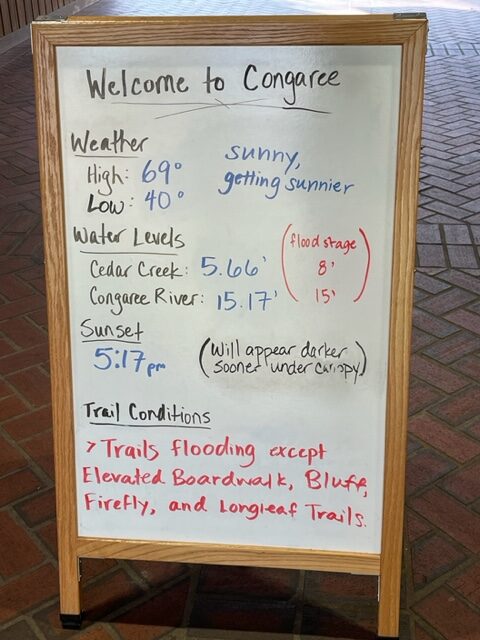
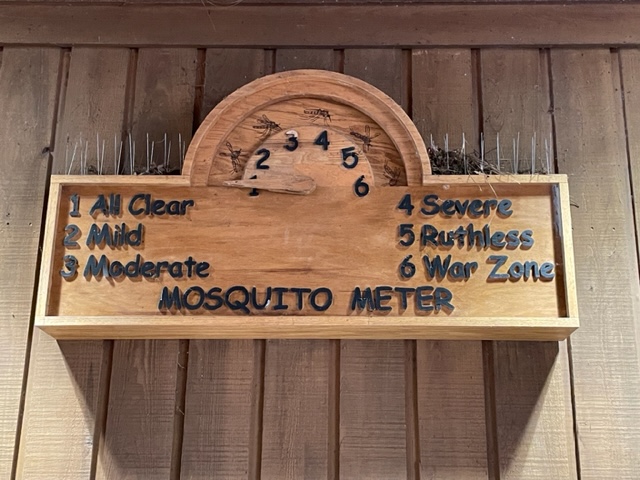
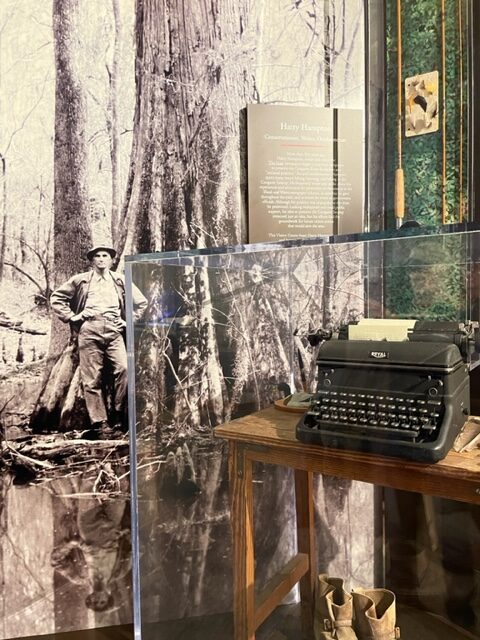

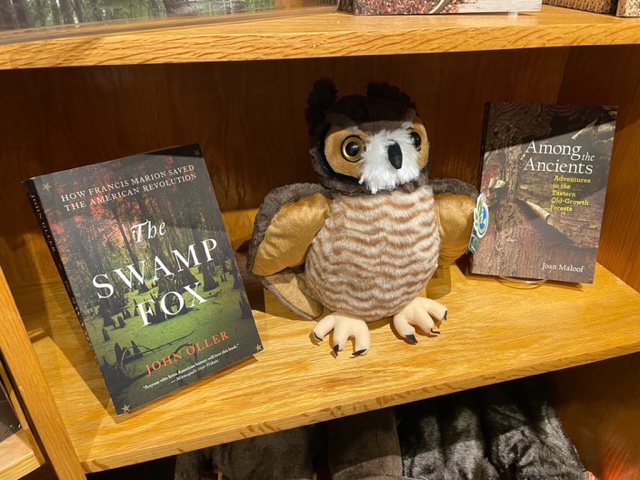
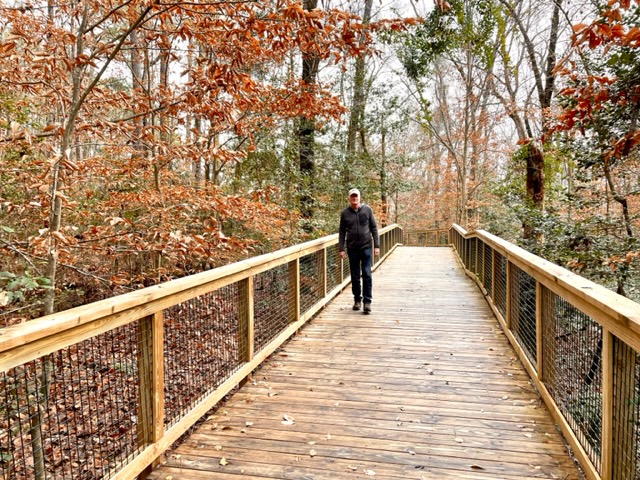


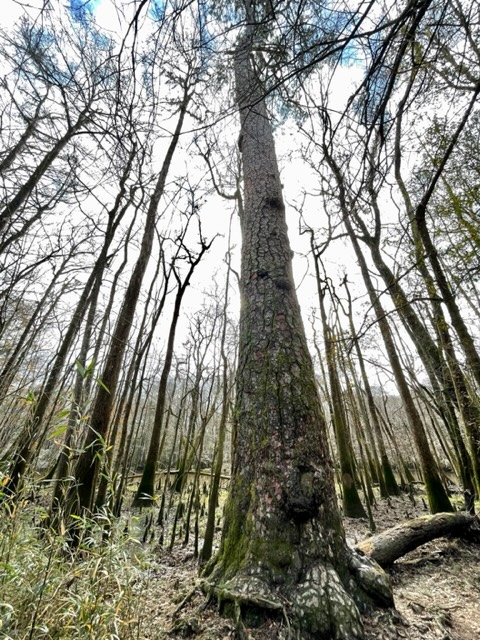
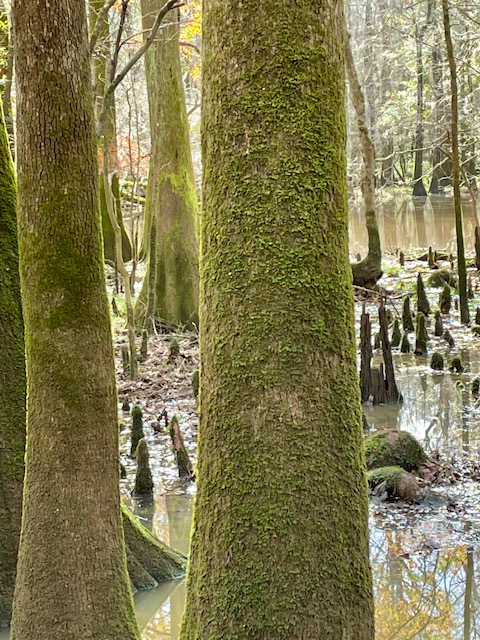

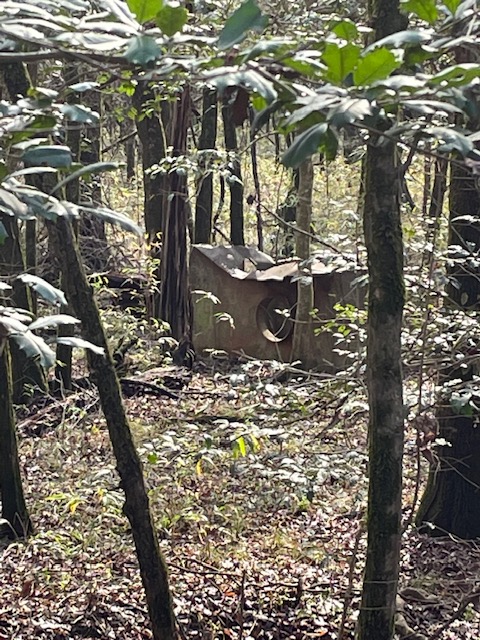
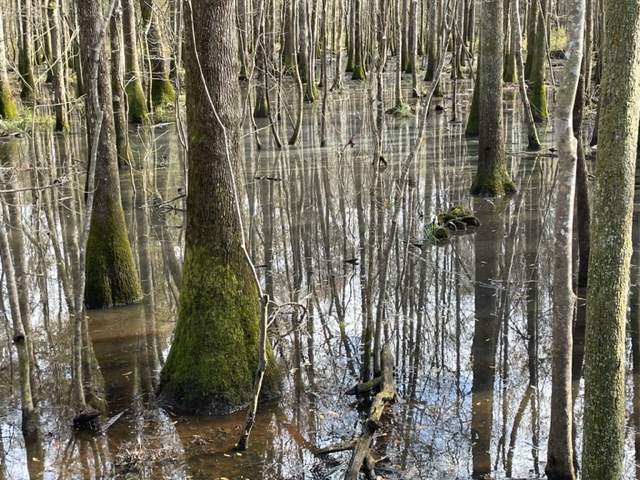
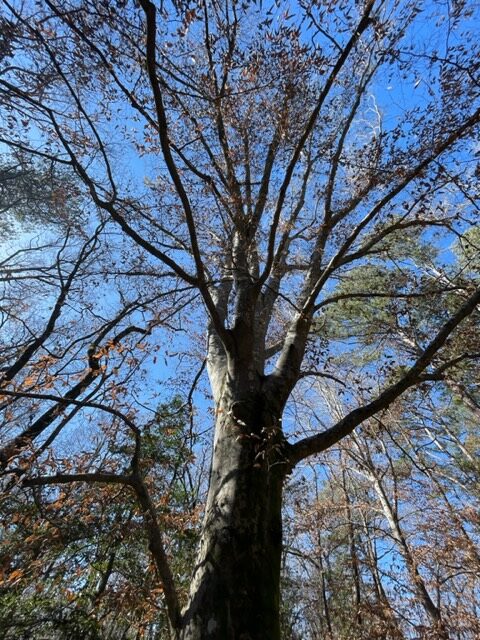
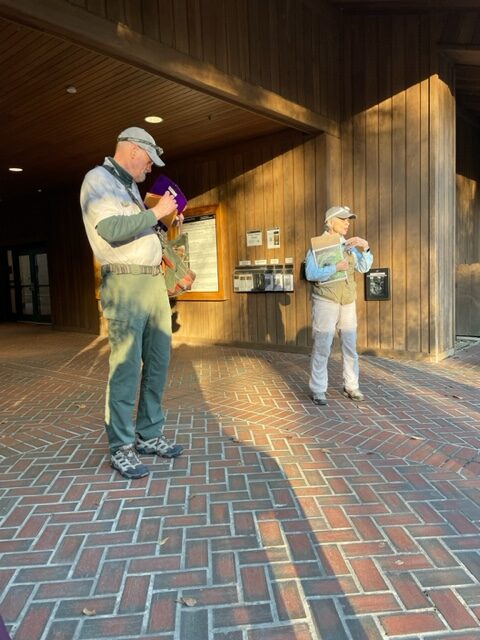

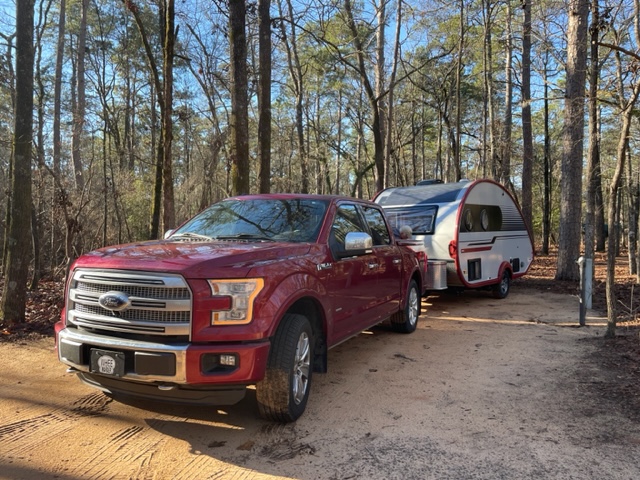



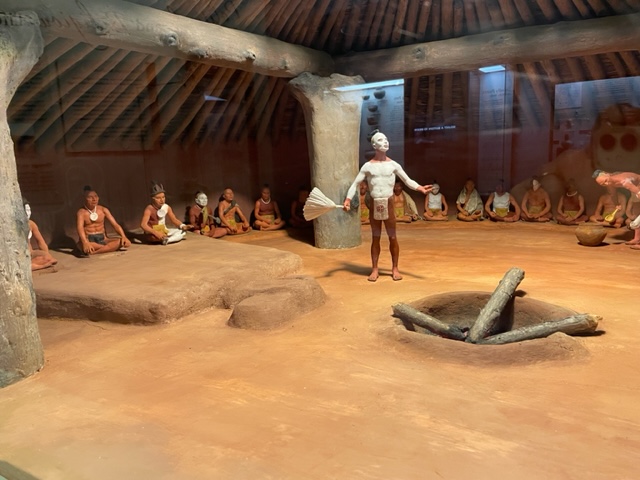






You are in love with the Congaree, as I fell in love with Okeefenokee Swamp many years ago. Floating in its interior is akin to embarking on another planet for the first time. Happy Trails!
To Steve and family,
Thanks for sharing the Congree Swamp tour. It was enlightening and beautiful in it’s own way. but oh those misquotes! You and Karen sure are the adventurous ones.
I’m pretty sedentary since my bout with Covid! Oh well, aging is not for sissy’s.
In friendship,
Jackie Mallory
Hi Steve and Karen,
What a delight to have you spend the day with us at Congaree National Park! I thoroughly enjoyed our conversations and the stories of your decades of travel across America. You’re amazing and have inspired me to explore similar travel. Thanks for joining us on the Owl Prowl! Stuart and I appreciated your participation and your fascinating website postings. I look forward to following your travels. Please come see us again and do some paddling on Cedar Creek! Safe travels and may each day be a “hoot!”
Ray Davis
Volunteer, Congaree National Park